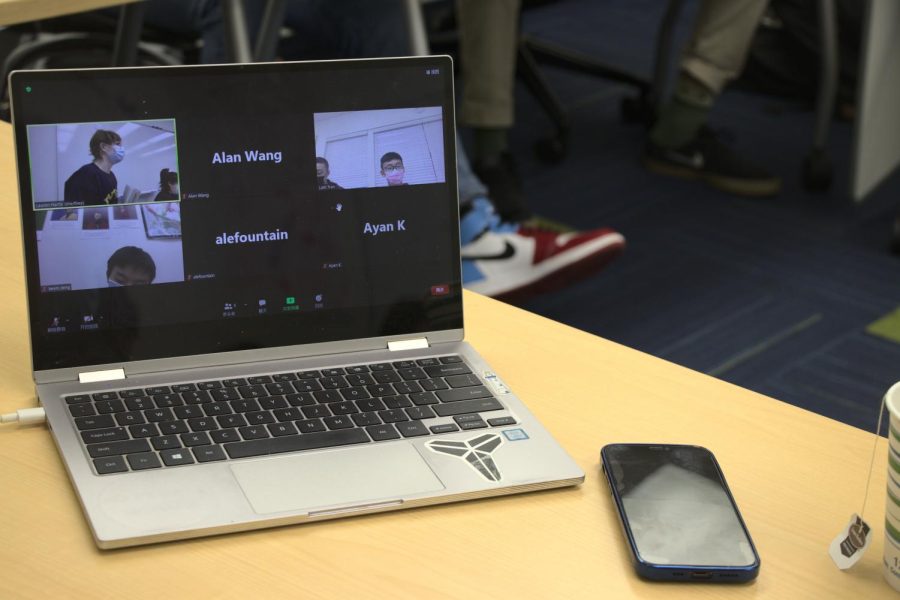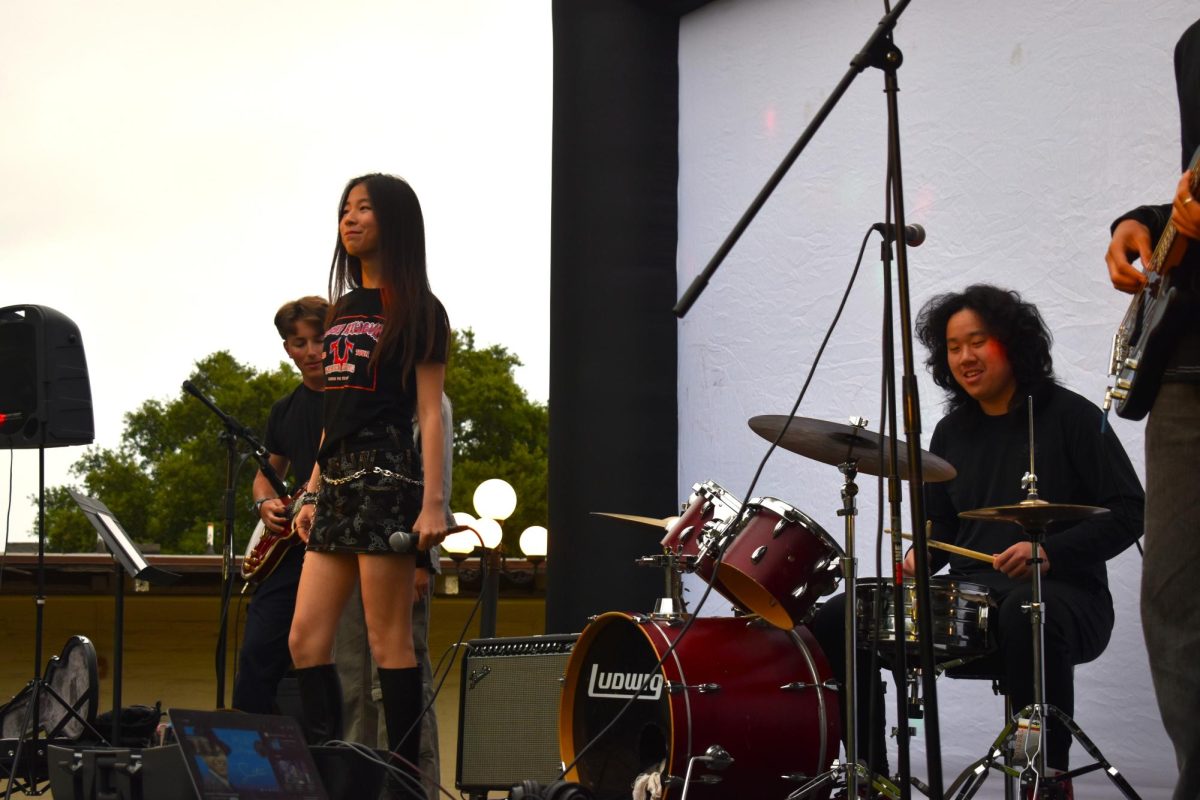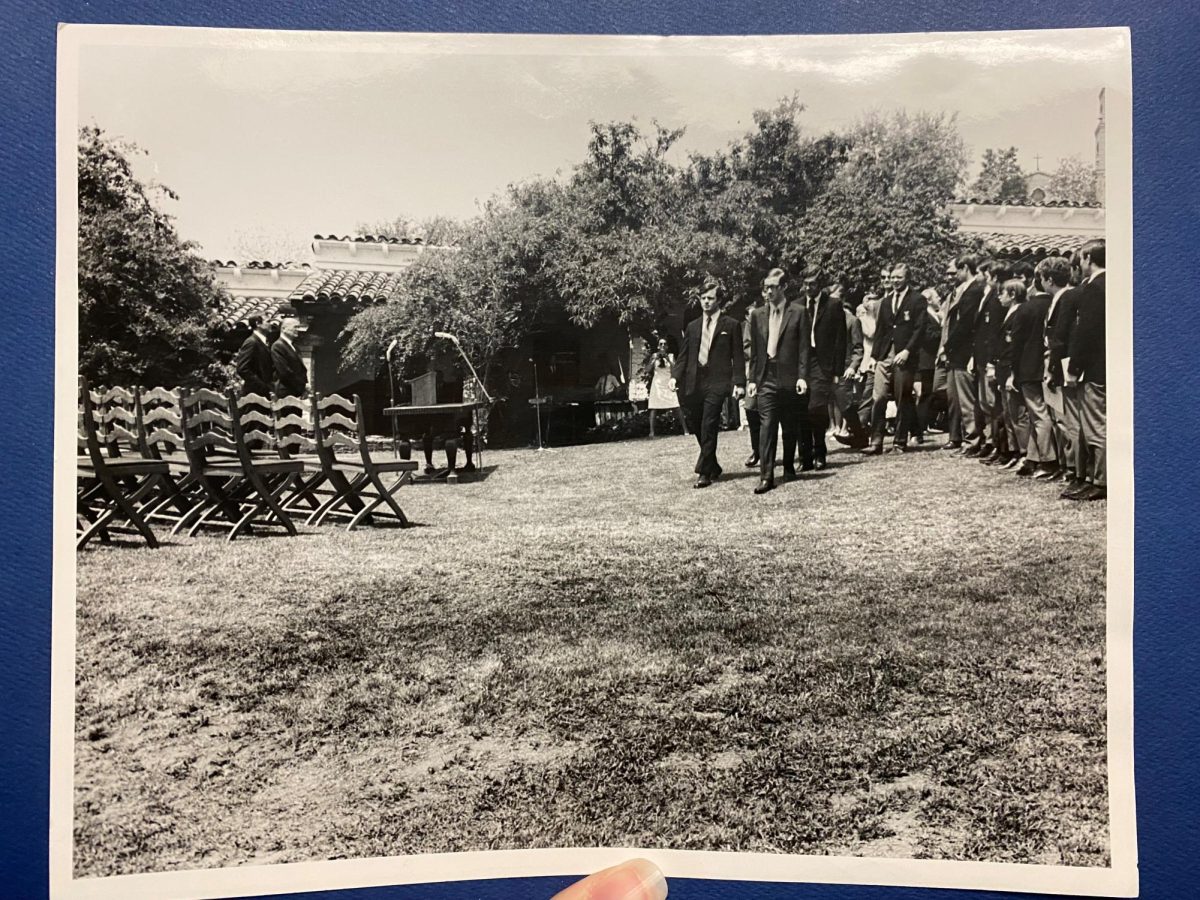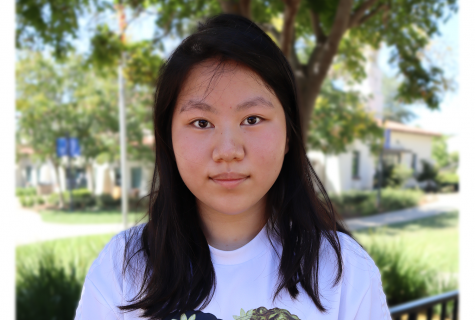71 days of normal in-person classes had paused once students returned from the winter break. In humanities classes, empty chairs intrude the perfect Harkness circle students created. At first glance, there seems to be no one, but when you take a deeper look, students’ faces are on the computers, and the speakers project their voices for the whole class when they contribute to the discussion.
On Monday, January 3rd for the borders and Tuesday, January 4th for the day students, the Health Center staff tested the students after the winter break to ensure the safety and health of everyone on campus. Some students and staff members tested positive for COVID-19. Isolation and quarantine were essential in preventing the virus from spreading among the community.
The fall semester ended on Friday, January 21st, 2022, as hybrid classes continue. Nearly all classes now adapt a hybrid class model that accommodates both in-person learning and remote learning for students who are under quarantine or in isolation.
To ensure that the pressure from catching up with academic work will not be too heavy, students and teachers who are not feeling well are able to take classes online to avoid missing too much work.
“It is great that even though we cannot have class face to face with our classmates, I still feel like there’s no significant difference between in-person class and hybrid online classes,” said Jessica Cao (‘23), who used hybrid classes as a resource while quarantining. “Teachers try their best to support students. They had office hours all the time online to support us.”
Unlike last year’s online classes, teachers faced a new issue: how to fuse online classes with in-person classes to establish an inclusive and supportive learning environment for all. It needs to give students enough support at the end of the semester.
Teachers are trying their best to support all students, but sometimes, issues occur. Some teachers struggle with finding the right balance of attention put on both the online and in-person students.
“While some teachers pay a great amount of attention to the online students, sometimes some teachers forget to open a Zoom room, and I know they are trying their best, but sometimes they definitely can improve their way of incorporating online students than just watching videos,” Ethan Lou (‘24) said.
“Students online are not learning much because they literally only hear what the teachers are saying, and they can’t even see the board or anything,” said Maria Duan (‘23). “The teachers just do not have enough time to pay attention to both group of students.”
Additionally, not every class was able to incorporate activities that allow students to enjoy their classes. The main reason is the technological issues teachers and students faced using Zoom.
“It is like torture [when our teacher is on Zoom because of his quaratine, and the class] is not productive because everyone in the room has their computers open,” Maria said. “The teacher’s voice was blasting through 12 different computers in the same room, and you just could not hear what he was saying.”
While summatives pile up at the end of the semester, teachers and students undergo certain challenges with the hybrid classes. Students endeavor to succeed in classes with the presence of these challenges.
For example, to face the challenge of online students’ inability to fully participate in classes, some teachers try to incorporate meaningful activities to engage with all students, unlike traditional teaching with only the teacher talking.
“I try to think about labs that if [the online students] wanted to do at home, they could, so my AP class is doing a lab where we look at dirt from your backyard,” said Nika Haleftiras, science department faculty. “[If the labs cannot be done at home,] a way to integrate people into the classroom is to get them to move around with other students versus just watching the teacher up at the board, which I think has been a little bit more useful.”
With the presence of hybrid classes, some final summatives must adjust to integrate online students. It is harder to monitor students during a test online than in-person and for them to communicate with each other during collaborative projects.
Teachers and students undoubtedly put in the effort to maintain a good learning environment, but sometimes, things just do not work as expected. Still, the hybrid classes bring positives to the students and teachers online.
“If [the hybrid classes started] at the beginning of the school year, we might be able to get away with it a little bit more because there are usually smaller projects and quizzes at the beginning,” Ms. Haleftiras said. “This moment isn’t necessarily ideal, but we’re just going to keep figuring it out.”















